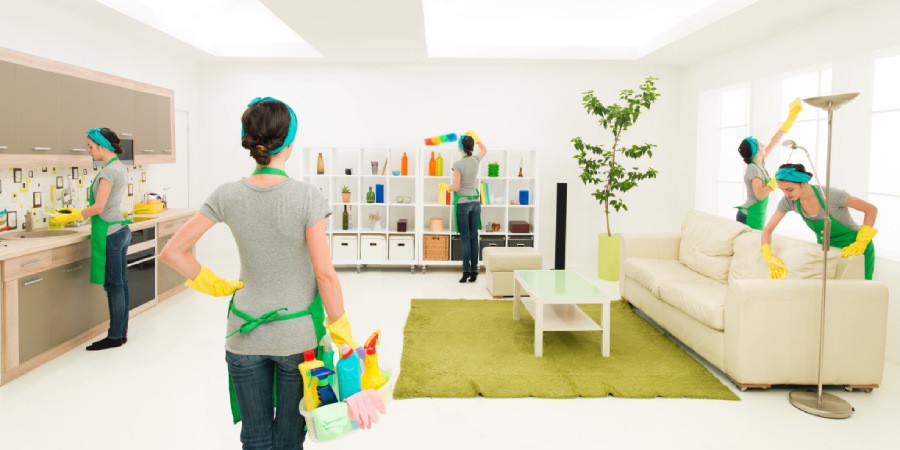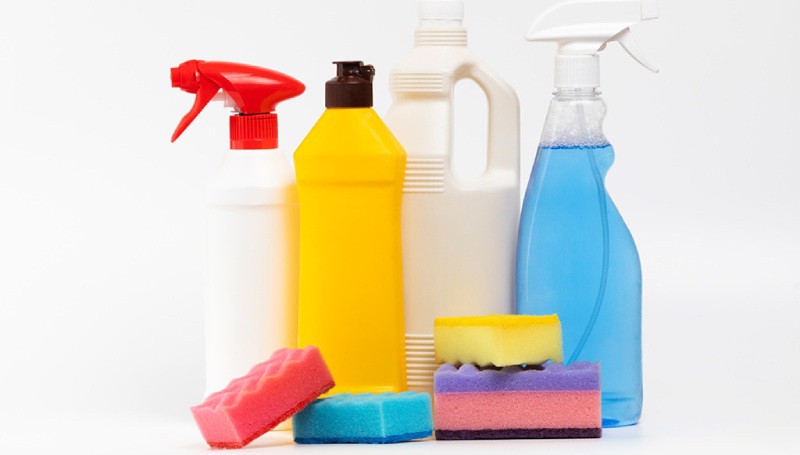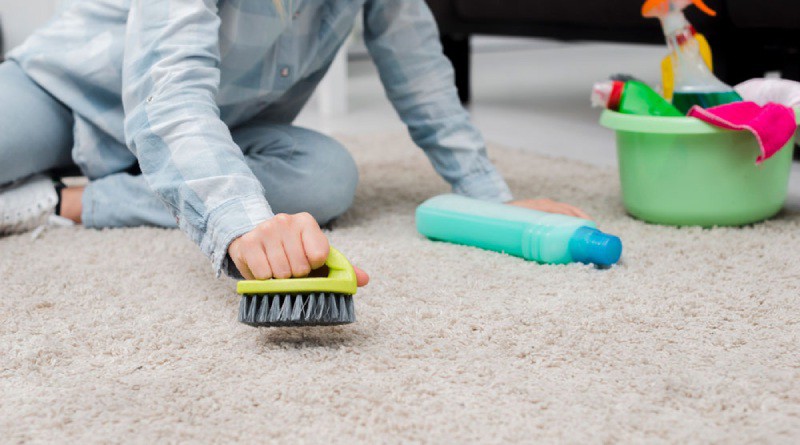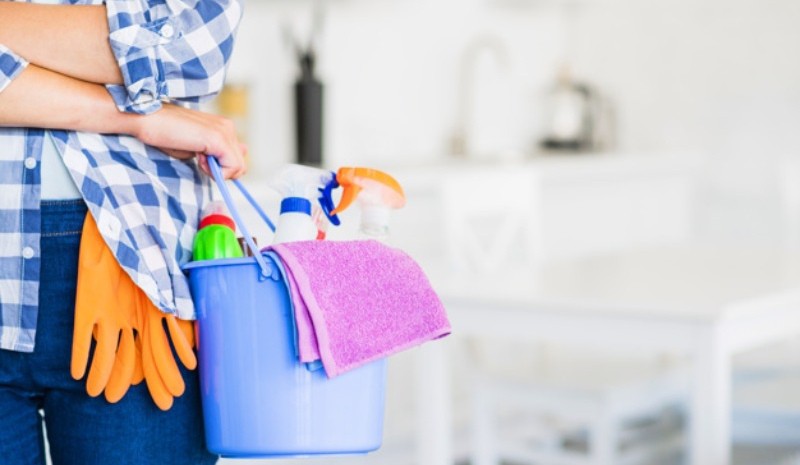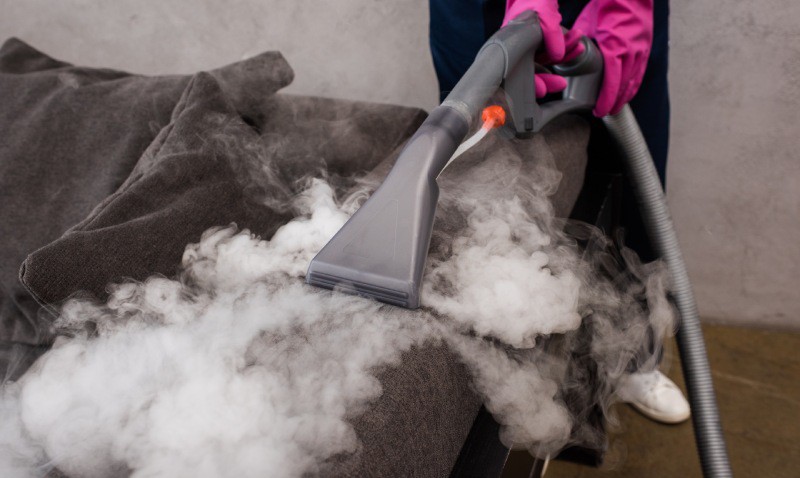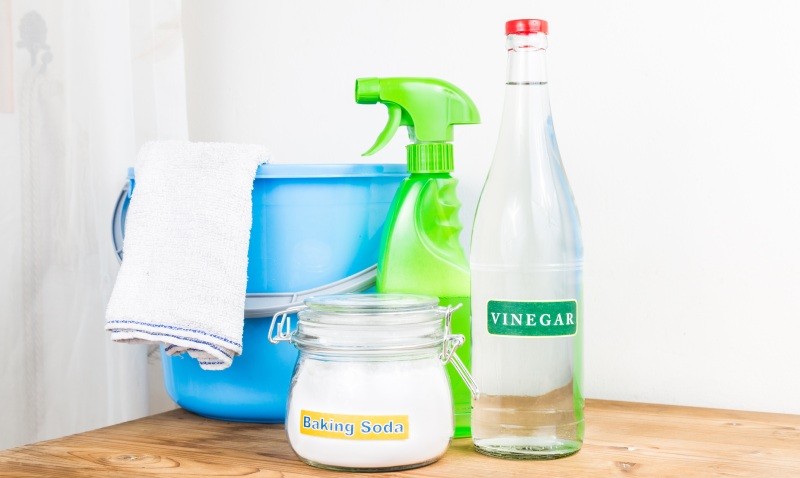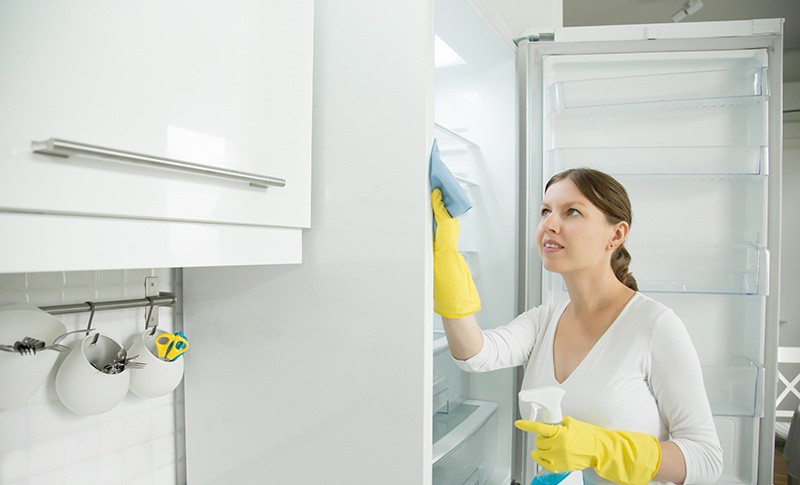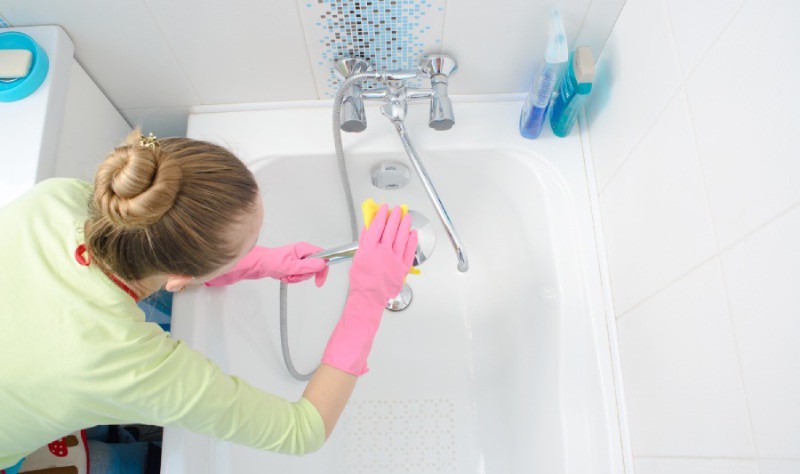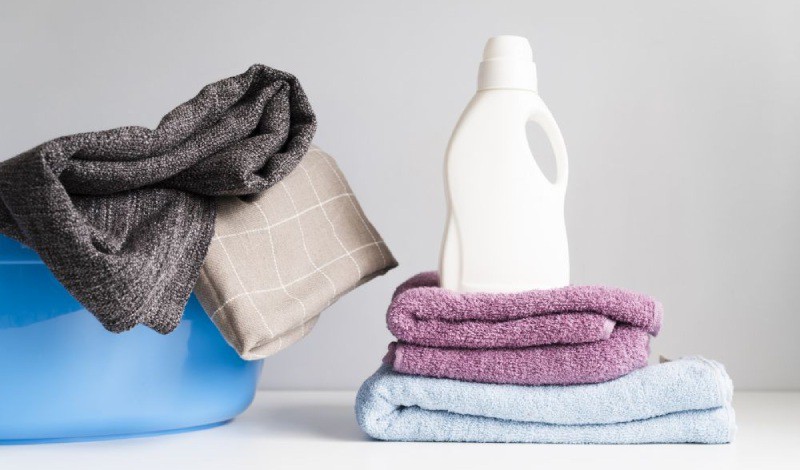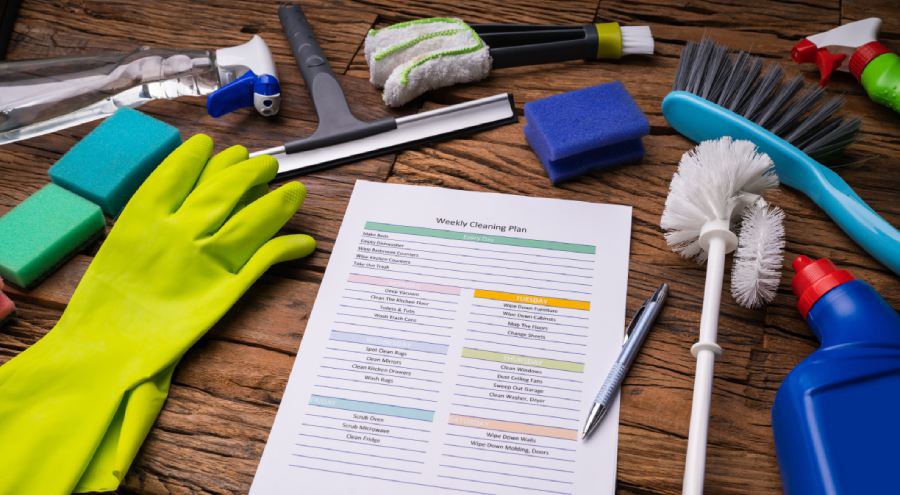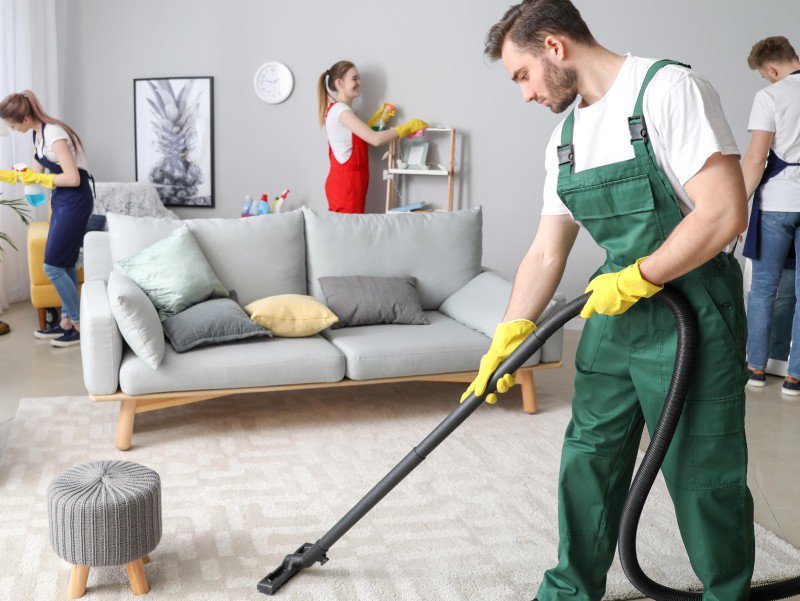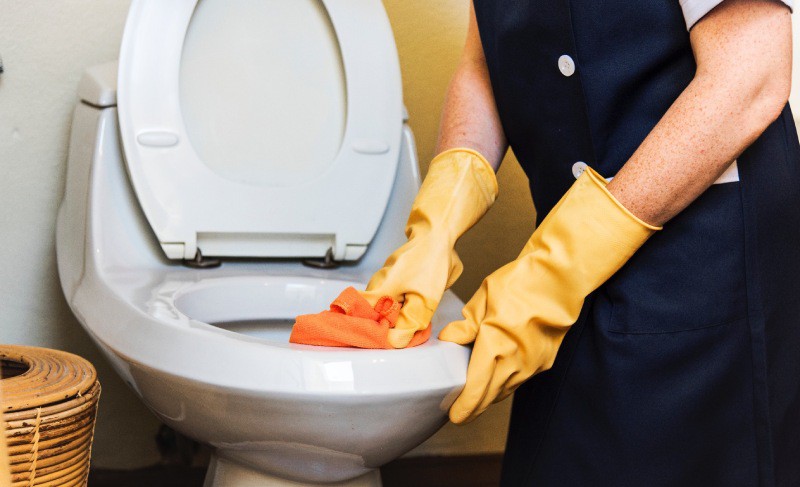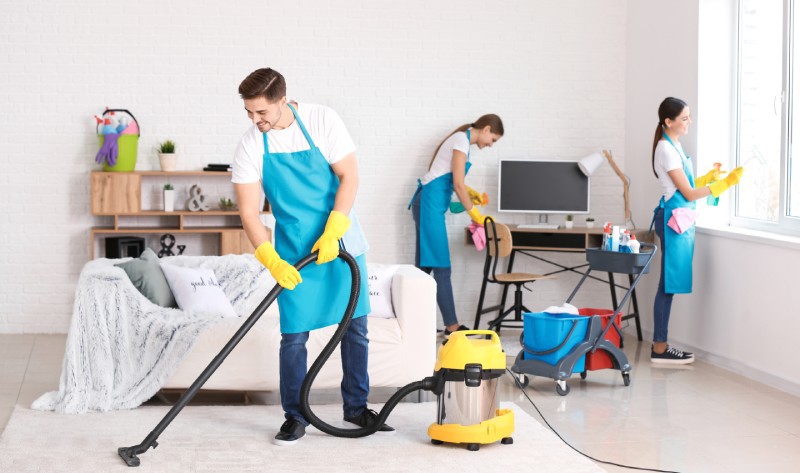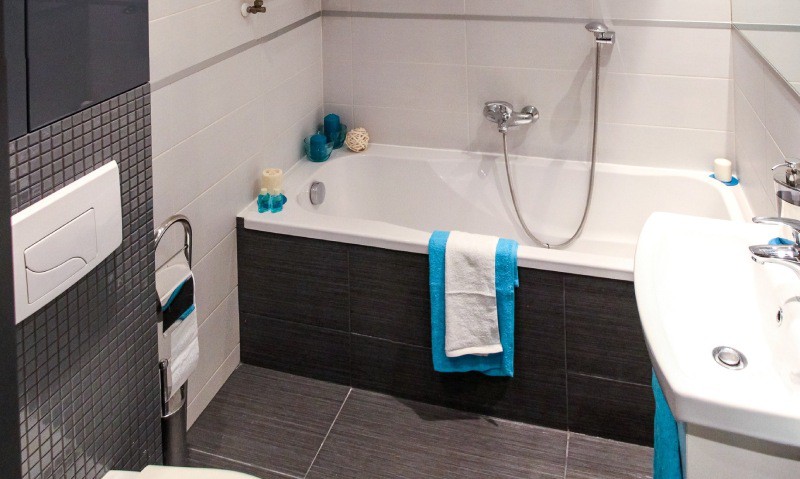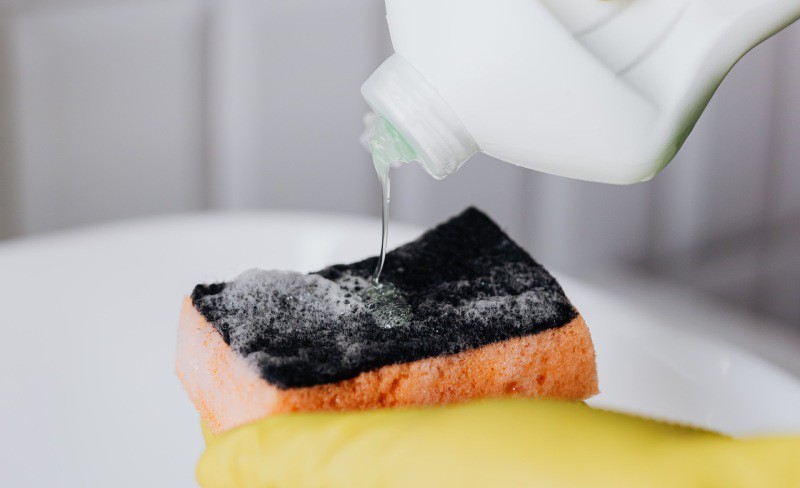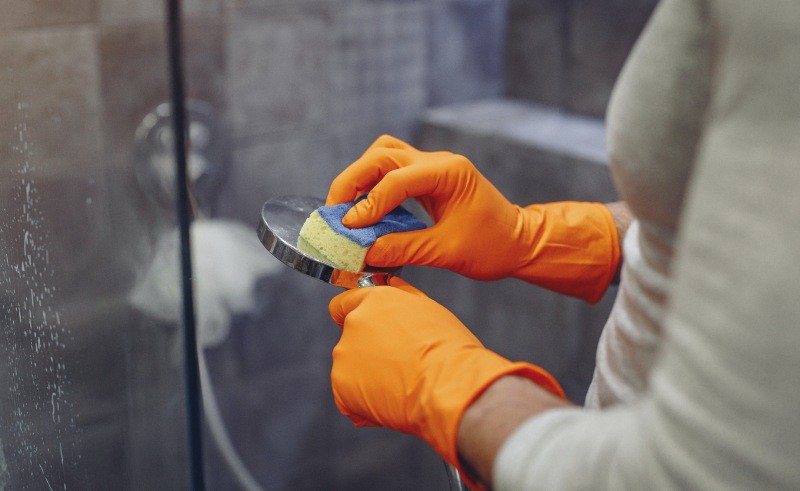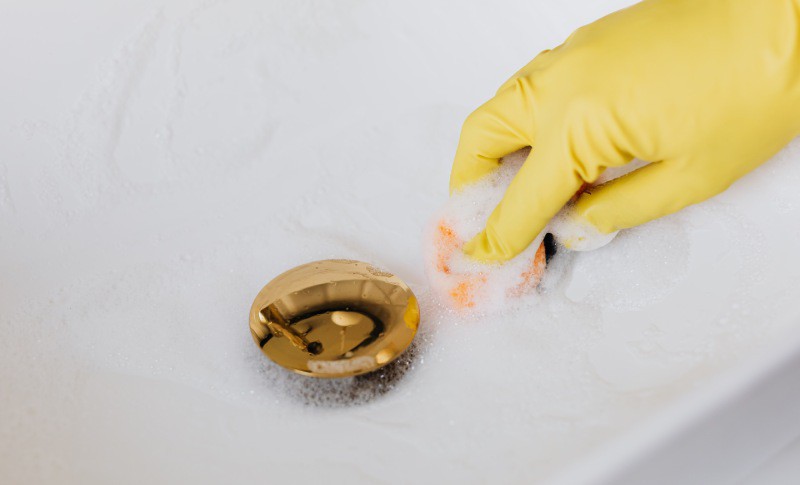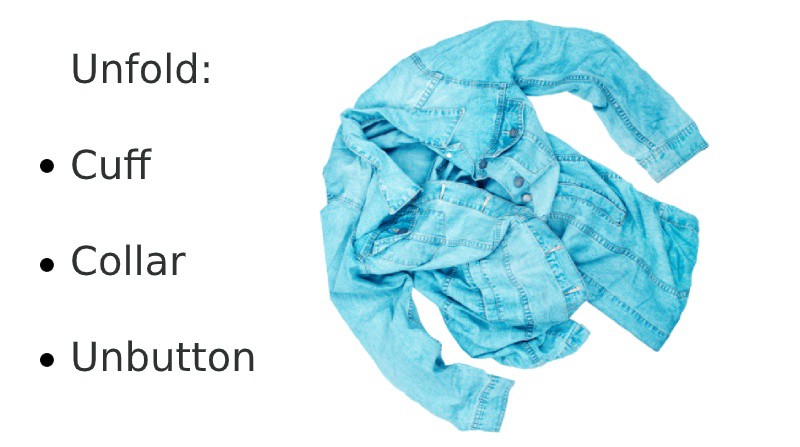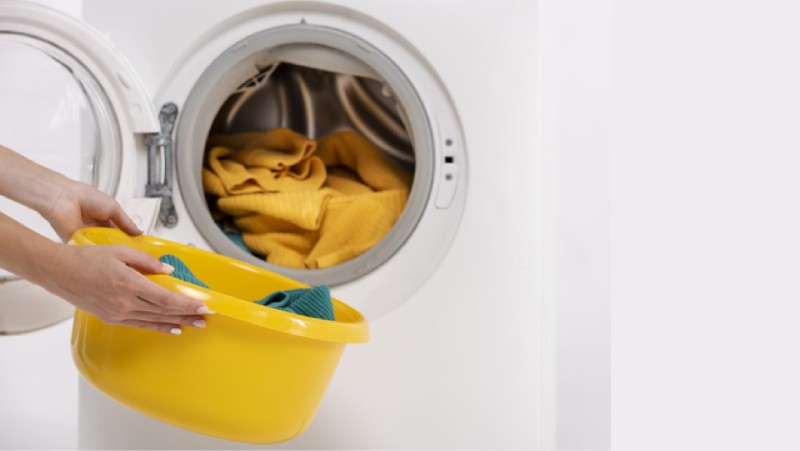What is deep cleaning?
Coming home from work all you wish to do is kick up your feet and relax in a home that looks or smells terrific. The reality is, getting your home to the level of expectations you have is all dependent on the maintenance that you do.
When you clean your home, you’re not only ridding your home of the unsightly and uncomfortable debris that has accumulated, you’re bringing in a happier or more peaceful environment through this cleansing. However, at times cleaning can be the bare minimum.
Although cleaning can get all the surface dirt and grime, there are layers of mold or dust that need some extra help. Coming back from work late every night? Perhaps your schedule is tight and you have no breathing room to clean your home? So, then you keep prolonging it until it reaches a boiling point and mold is growing in corners of your home.
Pungent or odorous areas of the home also begin to dampen your mood if cleansing is left on the back burner. This is where deep-cleaning becomes the necessary step to achieving a healthy shiny home.
What is deep cleaning house?
Deep cleaning is above all, critical to your well being as sometimes there can be dangerous bacteria or toxic airborne pathogens released through these moldy unkept areas. This could lead to deadly viruses or bacteria that could affect your family or loved ones.
It is important to be wary of the dirt that continues to accumulate. Many homeowners that seldom have time to clean their household hire home cleaning services or deep cleaning services. It is important to note that whichever decision you make to have a deep cleaning done in your home, it will change the quality of your life positively. Here are 12 amazing deep cleaning benefits for your home:
How does deep cleaning remove potential sicknesses?
1. Kills viruses and harmful bacteria
Have you ever had a consistent cough whenever you enter your home? Constant sniffles or nose irritation? Always suspicious of the reason why it would happen in your own home? While many homeowners attribute these conditions to an allergic reaction, they discount the possibility of it being their very own home that is worsening their immune system.

Leaving your home without cleaning for months or weeks can slowly lead to harmful viruses or allergens due to:
- Mold exposure
- Dust Mites
- Pet Dander
- Pollen
Exposure to these common derivatives from an unclean home can lead to common cold symptoms, asthmatic attacks, liver diseases, kidney disease, or in some worse cases cancer. Mold is responsible for common cold symptoms ranging from a sore throat, coughing, headaches, and nasal congestions.
If this persists, it could lead to even more damaging internal issues for your family. Deep cleaning can assist in removing these harmful health hazards. To target the potential areas where mold persists, you have to look for sources that contain overwhelming exposure to moisture which is the reason for the mold.
Deep cleaning can empty your home of these possible dangers that linger and can be exposed to your family or loved ones.
2. Pest free home
How does deep cleaning eliminate pests?
There is nothing more stressful or anxiety inducing than the fear of not being comfortable in your own home due to potential pests that roam the house. This can be anything from cockroaches, termites, flies, dust mites, or bed bugs.
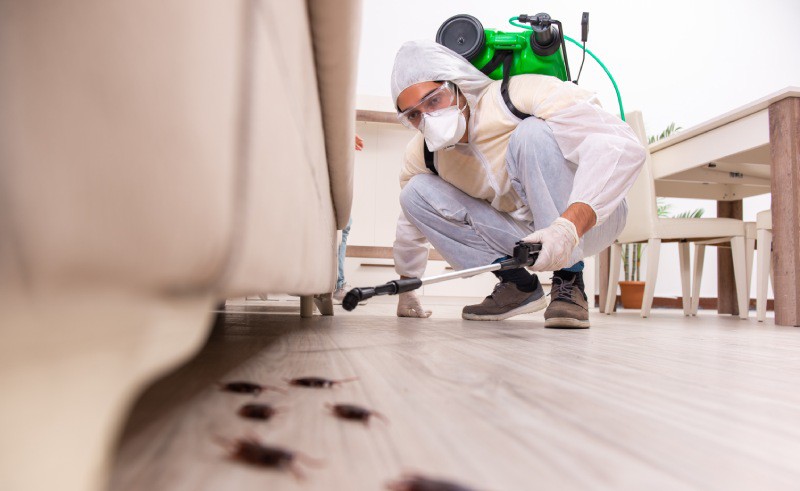
These creepy critters tend to make themselves even more at home when the home has largely been left unclean. The worst pests are the ones that remain unseen. Small bacterial life forms and microscopic bugs linger in the small creases of the house that haven’t been attended to.
Once the infestation rises to a level that cannot be controlled, you have to spend dozens of dollars on an exterminator to get rid of the infestation. However, there is a way to save yourself from these woes.
Deep cleaning can prevent these small creatures from nesting in your home. Taking out the garbage, sweeping, mopping, vacuuming, and de-cluttering your home can leave little to no room for pests to invade.
3. Increases the quality of Air
How does deep cleaning improve air quality?
When your home has been left without cleaning for some time, one known issue that rises from the uncleanliness is poor air quality. This has to do with the dust that is collected through your carpets, rugs, couch, and clutter that hasn’t been thoroughly cleansed.

During the winter, it gets even more difficult to breathe since the cold is a breeding ground for more bacteria which can lead to persistent coughs. There is less airflow and this could bring asthmatic-like symptoms, which means poor quality of life for an extended period.
If you have pets in the home, your chances of poor air quality increase due to the shedding process or the likelihood of bacteria that your dog spreads throughout the house.
That is why it is important to deep clean your home. How to deep clean your home for minimal air toxicity? Dust your home, wash, vacuum all surfaces to remove the dust that has accumulated in your home. This also includes your bedding, curtains, and drapes it is a popular place that generates an increasing amount of allergens daily.
4. Improves your mental health
How is deep cleaning connected to positive mental stimulation?
The state of your home affects your mental state. Notice that when an individual is suffering from a depressing state, their home is likely to fall into shambles. Continuing to disregard your surroundings the way you disregard your appearance through a depressive episode can increase your chances of falling into more negativity.

When you start picking up the pieces of your surroundings and do a thorough cleansing of your home, your mental state begins to also pick up. This has to do with many things. One of them being the physical act of deep cleaning. Physical activity has been linked to deconstructing depression or anxiety.
Another reason deep cleaning can improve your mental state is the gratification you receive when your home is completely cleansed. You will get a sense of accomplishment that aids in a significant improvement in your mood.
If the environment becomes cleaner and fresher, you will ultimately benefit from the changes by reinstating a sense of positivity in your life. This will also help your productivity rate by reducing clutter and help you build a better routine in a spacious area.
The more productive you become the happier you will be in the long term. That is why it is important to make deep cleaning part of your weekly or monthly schedule.
5. Reducing Allergens
How does deep cleaning reduce allergic reactions?
When spring comes around, it is a lovely time to rejoice a time when the flowers bloom and insects pollinate. It is a time to harvest and plant new seeds for the future. However, with that being said, it is also a time when the sniffles and nasal congestion can be a detriment to your day to day activities.

This is the case for many who suffer from allergic reactions, even more so when they own pets as pets tend to shed hair during this time. For homeowners, this can cause incredible anxiety as it can plague their normalcy with continuous cold symptoms.
During winter, there is also a similar reaction due to the bacteria thriving in cold temperatures. While a simple cleaning can take care of the surface which includes hairs and dust, it doesn’t tackle the more inconspicuous problem areas with bacteria.
Deep cleaning not only reduces the chances of reoccurring dust on the surface areas, but it also confronts the largely missed spots behind your couches, lighting, rugs, and other areas where it is typical to become dusty.
6. Minimize Clutter
How can deep cleaning make your home spacious?
While deep cleaning is incredibly beneficial for restoring a dazzling shiny look to your home, it is also responsible for incorporating a more minimalistic look to your overall interiors.
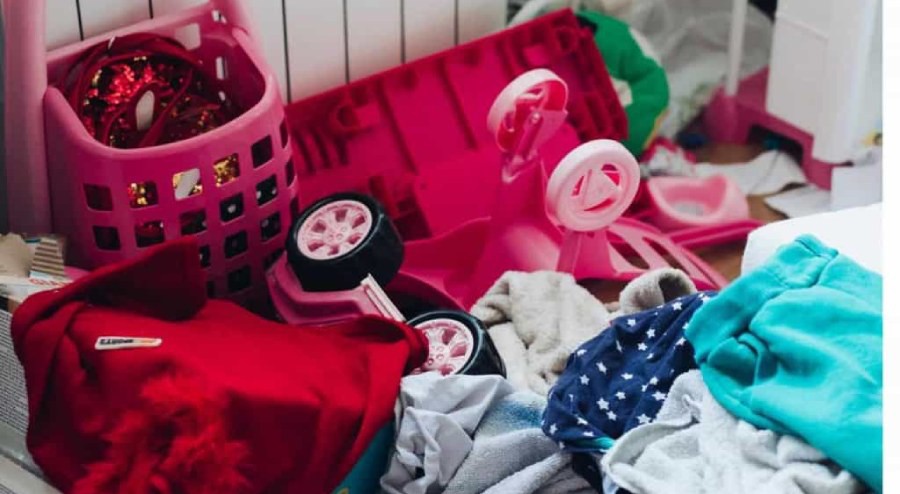
That is due to the overarching goal of the organization when you’re cleaning. You may not notice it, but when you’re cleaning your space it is easy to remove any unused items or products that easily belong in the recycling bin and wastebasket.
Recently, minimalism has taken up the mantel in the most desired aesthetic in any apartment or home. This is due to the stylish simplicity that it brings and its versatile nature.
Having a minimalistic house is also part of elevating your mood, as it can bring you joy to be able to expand your home and bring a feng shui energy to your surroundings. Deep cleaning focuses on eliminating all the clutter and bringing light air into your space.
7. A Space to Be Social
How does deep cleaning influence more social interaction?
When your home is one big nest of dirt, grime, or clutter it can be a chore to have guests over. For some, they evade the activity of having friends or family over their home when it is deeply uncleansed to avoid judgment or general dismay that comes from their peers inspecting their homes.
Soon enough, your friends or loved ones begin to question why it is that they are never invited over to your home. This leads to the slow decay of social interaction and can lead to depression or lower the quality of your life.
When you deep clean your home, it is easier to bring more people over to celebrate events or for the holidays. Home gatherings are known to be heartwarming and personal, once your free up space and eliminate the unsightly look it will be easier to have your peers over any time!
Now you don’t have to worry about the anxiety of surprise visits or someone popping in for a quick hello, as your home will be ready to greet them with a warm welcome.
8. A Cleaner Bathroom and Kitchen
How does a deep cleaning manage to create a cleaner bathroom or kitchen?
It is debatable as to which room in the house is easily the dirtiest over time. The kitchen tends to accumulate grease, food stains, and moldy food which contribute to ingrown bacteria if it is not cleaned thoroughly.

Meanwhile, the bathroom can be a hot spot for bacteria and viruses if the toilet, bathtub, or sink is not properly washed. That is why it is important to do a deep cleaning house so that these areas are scrubbed to fortify sanitation and health.
These rooms are the most used in the house, so it is important to continue to keep them clean to avoid further contamination and become sickly or impaired due to their grossly unkempt nature.
9. A more accommodating shelter
How does deep cleaning influence a warm shelter-like home?
Your home is known to be a place of refuge. A place that is said to be a shelter and a resting place. A home is a place where you can retreat to when you feel the need to be safe or away from the woes that life can bring.
When your home is filled with the chaos of clutter and grime, it can seldom feel this way. Instead, it can feel more like a war zone that you wish to escape from rather than a place you can reside in when all is lost.
Deep cleaning your home can reinstate your sense of warmth within your home so that it is always ready for you to settle in. A clean and light atmosphere looks to enhance your way of living as well as bring happiness as a general foundation to your life.
10. Finally cleaning the small out-of-reach spots
How does deep cleaning affect the small out-of-reach areas?
Many are unaware of the fact that there are small areas in their home that accumulate the most dust and bacteria over time due to their unseen nature. Although the bigger areas are tackled during general cleanings, the smaller locations tend to either be out of reach or not considered due to them being inconspicuous to the human eye.
However, it is these small areas that end up bringing more and more bacteria or allergens to the home. Deep cleaning can help eliminate these dust piles and generate a cleaner atmosphere within your home. This removes several layers of accumulated dirt that has a long-lasting effect.
11. Less cleaning, more time with your family
How does deep cleaning give you more time to spend with your family or friends?
When you do general cleanings in your home, you will spend hours upon hours sometimes weekly or daily trying to avoid it becoming dirty. This not only drains you of energy that you could have doing other productive things, but it can take away time you can spend with your family and friends.

Deep cleaning can help restore your time by lengthening the time you spend cleaning in between. When you deep clean, you are scrubbing away not just the top layer but several layers under so that it can prolong the level of cleanliness in your home. This will restore your social life and bring your family closer together.
12. Save money on revamping your home
How does deep cleaning help your economic status?
At times, when you see an older item or furniture, you think about throwing it away and getting yourself a better product that looks more new or improved. This usually leads to regret, as the furniture or product you threw away is usually not broken but just needs a quick refreshment.
Save yourself dozens of dollars and deep clean these furniture pieces or items to restore the shine into its look. Sometimes a simple wipe down or wash can get these products looking brand new again and you won’t have to think about replacement any time soon as long as they are maintained.

